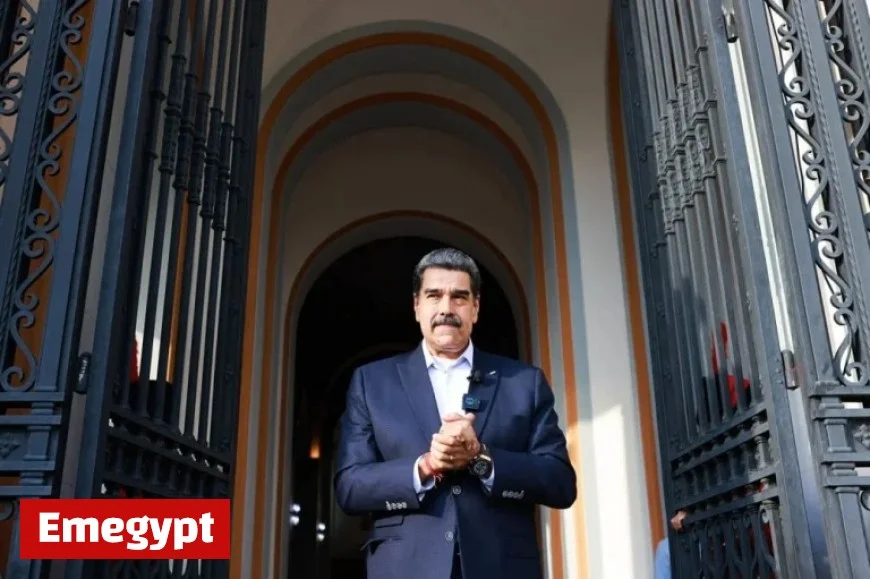How to Oust Maduro Without Deploying Troops

The recent movements of U.S. military assets toward the Caribbean have prompted discussions about potential strategies for addressing the political turmoil in Venezuela. With about 10 percent of the U.S. Navy’s total deployed forces stationed in the Southern Command area, the deployment signifies a notable military presence in Central and South America, as well as the Caribbean.
Current U.S. Military Deployment in the Caribbean
The USS Gerald R. Ford, the most advanced aircraft carrier in the U.S. fleet, is currently en route to the Caribbean. This development follows the support of heavy bombers, including B-52s and B-1s, conducting simulated missions near Venezuelan airspace. Reports indicated that President Donald Trump had reviewed potential military targets in Venezuela, suggesting that missile strikes could be on the horizon.
Strategic Implications for Venezuela
- 10% of U.S. Navy assets deployed in Southern Command.
- USS Gerald R. Ford leads operations in the Caribbean region.
- Simulated flights conducted within 20 miles of Venezuela.
The strategic potential of the USS Gerald R. Ford’s deployment raises the question of whether U.S. military action could lead to regime change in Venezuela, specifically targeting President Nicolás Maduro’s government. Trump has indicated a willingness to strike land-based targets, which represents a shift from prior counternarcotics missions to broader objectives aimed at destabilizing Maduro’s regime.
Non-Troop Strategies to Oust Maduro
Rather than full military engagement, some experts argue that a more limited approach could facilitate a regime collapse. This strategy would focus on precision strikes against key components of Maduro’s state-criminal enterprise while avoiding the complexities of a ground invasion. This method could potentially catalyze internal actions to force Maduro out without directly risking U.S. personnel.
The Regime Collapse Theory
The regime collapse theory proposes several pathways toward change in Venezuela:
- U.S. strikes targeting financial networks tied to drug trafficking and illegal activities.
- Encouraging dissent within the armed forces to facilitate a power transition.
- Utilizing covert operations to undermine the regime’s stability.
Trump’s administration has emphasized quick, decisive actions rather than prolonged engagement, aligning with a broader public wariness of large-scale military operations. In light of the widespread discontent in Latin America toward Maduro’s government, many could support a U.S.-backed strategy that promotes regime collapse.
Challenges Facing the Opposition
While trade and diplomatic pressures have seen limited success against Maduro’s rule, the Venezuelan opposition remains hopeful. Following a contentious electoral process in 2024, leaders like María Corina Machado have rallied support for actions that would go beyond traditional diplomatic efforts. The opposition believes that military pressure could catalyze a necessary change within the regime.
Future Possibilities for Venezuelan Democracy
The potential for regime collapse depends significantly on the Venezuelan military’s response. Historically, the armed forces have been a staunch supporter of Maduro but may reconsider their loyalties if faced with sustained U.S. strikes. The prospect of internal uprisings may provide a clearer pathway to democratic governance in Venezuela.
Alluding to past U.S. military interventions, experts suggest that a strategy focusing on Maduro’s ousting while simultaneously preserving military infrastructure could lead to a viable post-Maduro government. With increased pressure from the U.S. and a revived interest from opposition groups, a move towards regime collapse could reshape Venezuela’s political landscape.
In conclusion, leveraging military assets without deploying troops represents a strategic middle ground. By applying pressure on Maduro’s regime, the U.S. may engage in a meaningful transition towards democracy in Venezuela, carefully navigating the risks involved.































